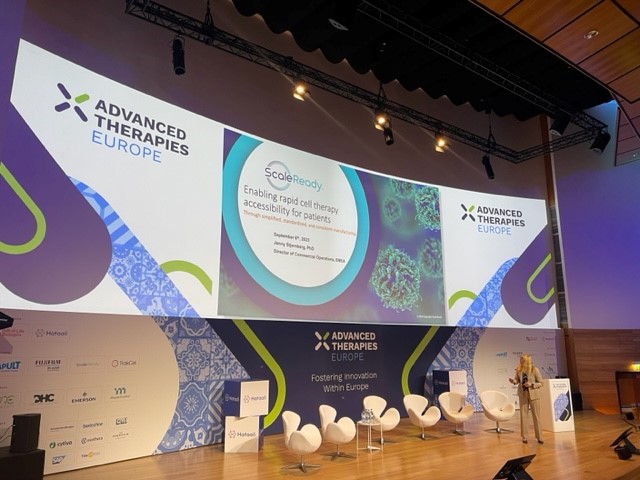Content Spotlight
Podcast: MilliporeSigma says education vital to creating unbreakable chain for sustainability
MilliporeSigma discusses the importance of people, education, and the benefits of embracing discomfort to bolster sustainability efforts.

To avoid risk when developing CGTs you must remove process complexities before implementing automation, says ScaleReady.
Digital processes and artificial intelligence (AI) are being explored and adopted in various ways to advance and improve the manufacturing processes for cell and gene therapies (CGTs). Furthermore, automation has long been deemed necessary in the industry to avoid human contamination throughout the required processes.
KNect365’s Life Sciences Cell Therapy Automation Survey 2018 reported nearly 90% of cell therapy firms planned to invest further into automation technologies within five years. Jenny Stjernberg, director of commercial operations EMEA, ScaleReady told delegates at Phacilitate’s Advanced Therapies Europe (ATE) in Lisbon, Portugal “we do need to automate, it is the future.”

Jenny Stjernberg speaking at ATE Lisbon, Portugal 2023.
While Stjernberg acknowledged the importance of automatizing processes, she also outlined there are consequences associated with misguided automation. Part of this issue derives from “injecting automation too soon into a complex process without removing the complications.”
In turn, this “just continues the risk” and by continually having to adapt to complexities, you will experience “longer timelines, added risk, and financial burdens at your company.”
Stjernberg described this situation as “putting the cart before the horse” and said there are ways “to simplify the process.” One way is to future-proof your manufacturing: “We need to think about how we can scale-up with ease, scale-out with consistency and efficiency, scale-down with confidence. But while doing this, we need to maintain flexibility.”
To maintain flexibility and have the ability to scale-up, down, and out, choosing the right partnerships is critical said Stjernberg. Through having the right partnership, it becomes “an asset for you and it enables you to move quickly to market, while driving costs down.”
She told delegates “If you have a vendor that wants to make money short-term, they are not for you. Phase I clinical trials are small, but commercial manufacturing is big. You need to work with optimization experts so you can move quickly to the clinic else there will be no money left in the end.”
Another thing to be conscious of is supply chain security. Stjernberg said ScaleReady often hears stories about vendors that are unable to deliver material at specific and vital points. To try and tackle this issue, developers must “make sure your vendor has things on stock for you” for future use and that the material needed is “ready to use.”
Not only does this mean the therapy “will get to the patient faster, but it also means when we are standardizing processes we can translate with speed and efficiency.”
You May Also Like